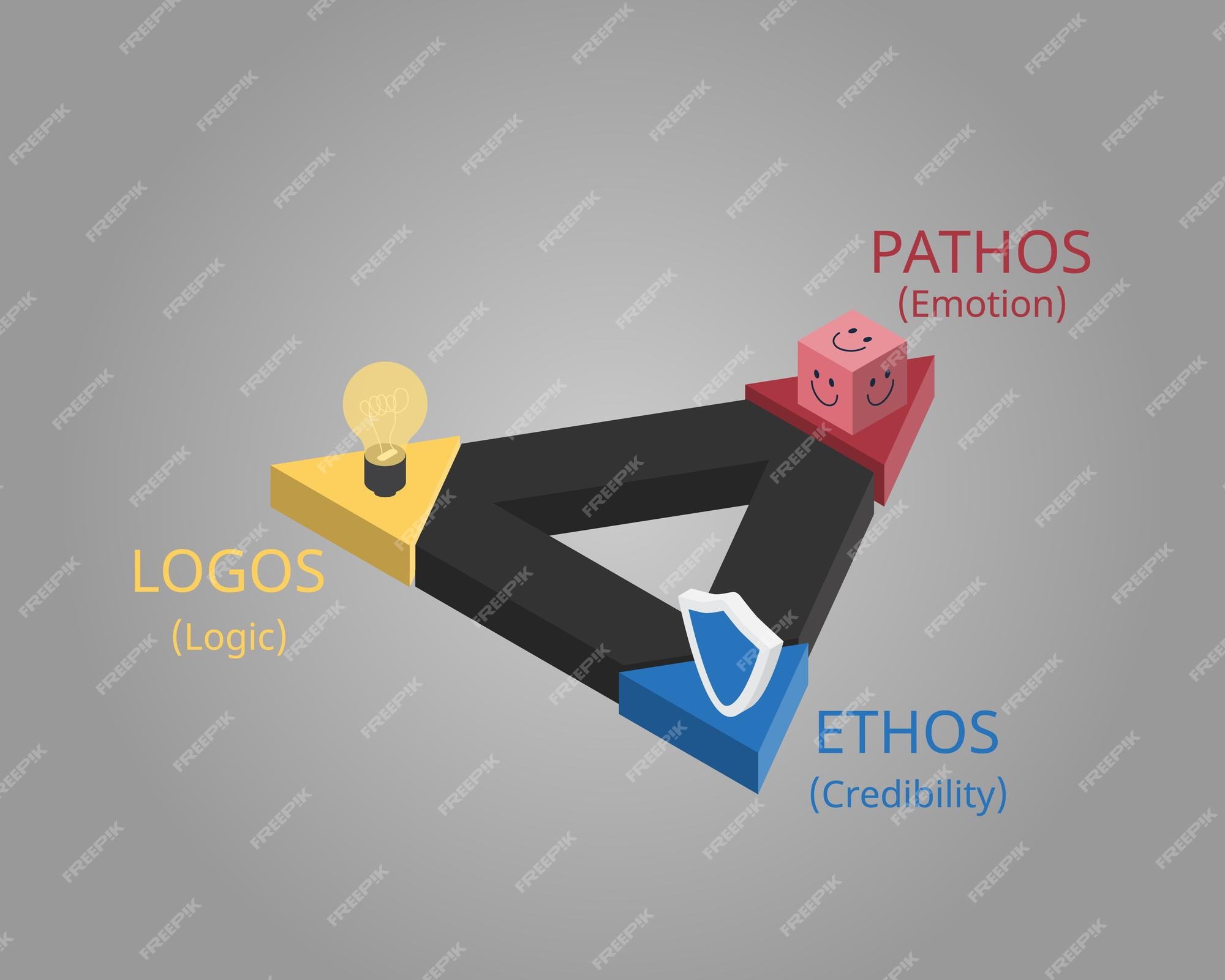
Introduction
What are the pillars of persuasion? You may have heard them before. They’re called the “Three Cs of Persuasion” — ethos, pathos, and logos — and they’re just as important for bloggers as they are for orators. Your persuasive blog visitors won’t be persuaded by an article unless you use these strategies to win their trust, understand their emotions, and prove your point with logic.
In other words, you need to get nifty with a blog post if you want anyone to take what you say seriously. But how? Let’s check out the three pillars of persuasion and learn how to use them in your next blog post:
What is Ethos in a persuasive blog?
Ethos, in a nutshell, means “character”. When you use ethos in a persuasive blog post, you’re trying to convince your reader that you are credible and trustworthy. In other words, you’re trying to establish your ethos. This is the first of the three pillars of persuasion. While the other two — pathos and logos — deal with your reader’s emotions and logical thinking, respectively, ethos appeals to a reader’s critical thinking.
You can establish your ethos in a blog post in several ways: – Define your role. – Tell your story. – Use expert sources. – Be consistent. – Be relevant. – Be accurate. – Be detailed.
Nice outline for a University essay
What is Pathos in a persuasive blog?
Ah, pathos, the second of the three pillars of persuasion (with ethos, and logos, being the first and third, respectively). Pathos, like ethos, is all about emotions. Here, you’re trying to engage your reader’s feelings so that they’ll be receptive to your message. You can use pathos in your next persuasive blog post by: – Using emotional words. – Connecting with your readers. – Provoking an emotional reaction. – Showing vulnerability.
What is Logos?
Logos is all about the mind. You’re trying to appeal to reason and logic so that your reader is inclined to accept your message. You can use logos in your blog post by: – Providing facts. – Supporting your claims with authoritative sources. – Explaining your ideas and concepts. – Using examples and illustrations. – Creating visual imagery. – Clarifying your ideas.
How to use these in a persuasive blog post?
Now that you know what the three pillars of persuasion are, you can put them to work for you in your next persuasive blog post. Start by giving your readers a reason to believe you. If you want them to trust you, then tell them something about yourself that makes you an authority on your topic. Next, show your reader that something is important. To do this, you’ll have to understand their emotions.
What’s the worst that could happen if they don’t accept your message? How will their lives be different if they do? Finally, once you’ve connected with your reader’s emotions and won their critical thinking, conclude with a logical ending. Note: You can also use the three pillars in reverse when writing an argumentative essay.
How to Quickly identify Literature for Academic Paper
Give your readers a reason to believe you.
Start with ethos by providing facts about yourself, like your credentials, so that your reader will trust you more. You can also tell your reader about your personal experiences in relation to your topic so that they’ll identify with you and believe what you have to say more.
Show your reader that something is important.
To show your reader that something is important, you first have to understand what your reader feels is important. Find out what their hopes, dreams, and fears are, and relate your message to those feelings. For instance, if you want to talk about how your product can prevent identity theft, you might want to talk about how scary it is to have your identity stolen, since this is sure to resonate with your readers.
Other Tips for Writing a Persuasive Blog Post
Keep in mind that these devices are not just for persuading your readers to take action. They are also useful for helping them understand what you’re saying. You can also use ethos, pathos, and logos to help you to write a better persuasive blog post. When you’re crafting your blog post, think about what you want your readers to take away from it.
Then, make ethos, pathos, and logos work for you to make that happen! If you’d like to take your persuasive writing to the next level, you might want to consider taking a public speaking course. After all, if you want to be persuasive in person, you need to know how to use these rhetorical devices. So, what are you waiting for? Check out our courses today!
Writing an Information Technology Research Paper: A Step-by-Step Guide
Bottom line on persuasive blog post
These are ancient rhetorical devices that have stood the test of time. They help you to engage your reader, so they will understand and be persuaded by your message. Always remember, though, that persuasion is not the same thing as manipulation. The goal of rhetoric is to help people think clearly and rationally — not to get them to do what you want them to do.
